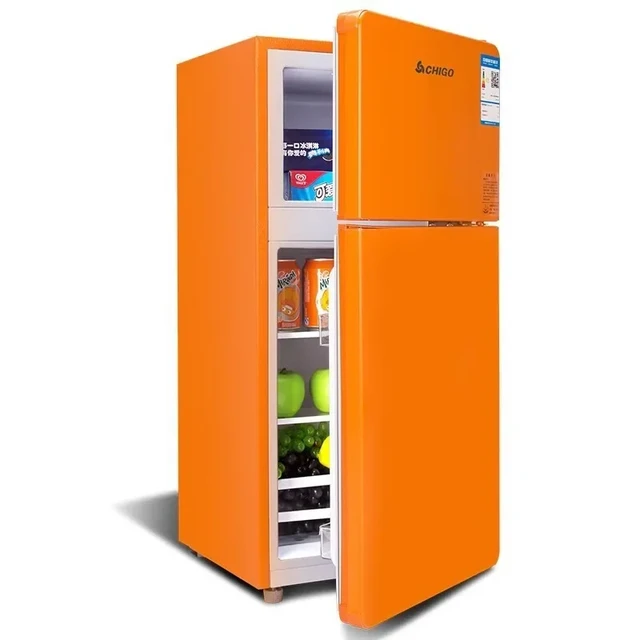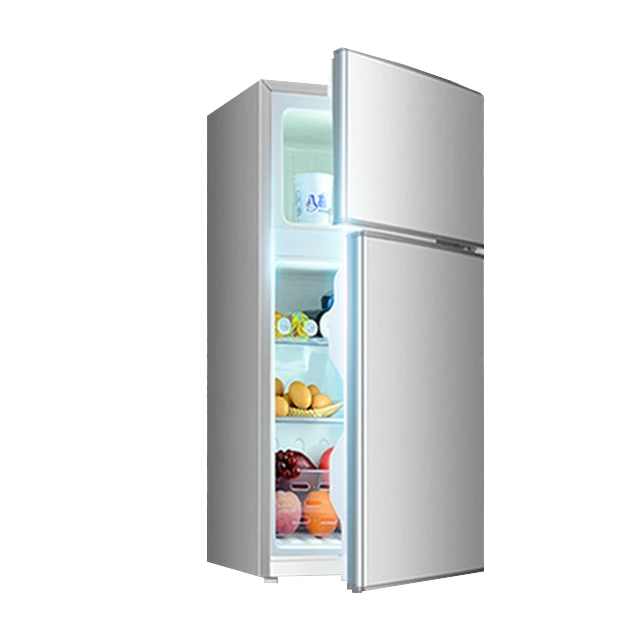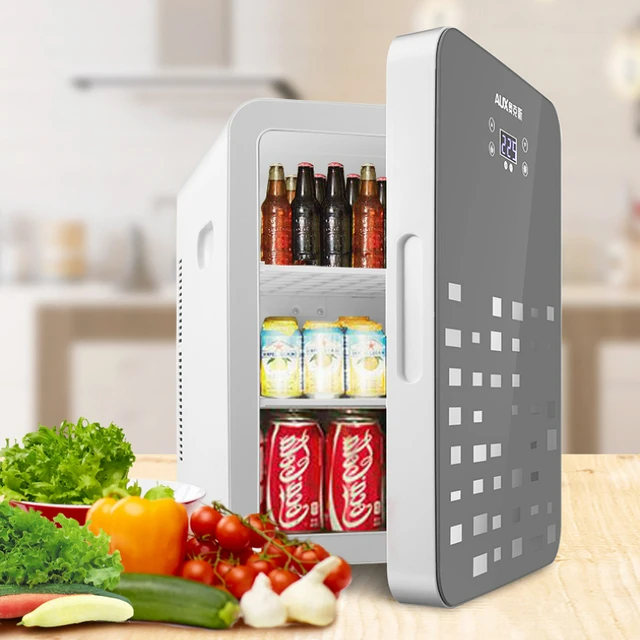Introduction: Making Room for a New Appliance
When it comes time to replace an old refrigerator, proper disposal is essential to ensure safety and environmental responsibility. Refrigerators contain hazardous components that need to be handled correctly. In this article, we will provide a step-by-step guide on how to safely get rid of an old refrigerator and explore various disposal options available.

Disposing of an Old Refrigerator: A Step-by-Step Guide
-
Plan Ahead for a Smooth Transition
Before disposing of your old refrigerator, it is crucial to plan ahead and make necessary arrangements. Consider the following factors:
a. Replacement timing: Coordinate the removal of your old refrigerator with the delivery or installation of the new one. This allows for a smooth transition and minimizes the time without a functional appliance.
b. Research local regulations: Familiarize yourself with local regulations and guidelines concerning the disposal of refrigerators. Different areas may have specific requirements to ensure safe disposal and environmental compliance.
c. Transportation arrangements: Determine how you will transport the refrigerator to the disposal location. Depending on the size and weight of the appliance, you may need assistance or professional services.

-
Disconnect and Prepare the Refrigerator
Before moving the refrigerator, take the following steps:
a. Unplug the refrigerator: Safely disconnect the refrigerator from the power source by unplugging it from the electrical outlet. This step ensures safety during the disposal process.
b. Empty the refrigerator: Remove all food, shelves, drawers, and any other items from the refrigerator. Properly dispose of perishable food items following local waste disposal guidelines.
c. Clean the refrigerator: Thoroughly clean the interior and exterior of the refrigerator. Dispose of any loose debris or dirt before moving it.
d. Secure loose parts: Tape or secure any loose parts, such as shelves or drawers, to prevent them from shifting during transportation.
-
Choose a Disposal Option
There are several disposal options available for old refrigerators. Consider the following:
a. Appliance recycling programs: Many communities offer designated appliance recycling programs. Research local resources to find out if these programs are available in your area. Such programs ensure proper dismantling, recycling, or disposal of the refrigerator’s components in an environmentally friendly manner.
b. Manufacturer pick-up or trade-in: Contact the refrigerator’s manufacturer to inquire about pick-up or trade-in options. Some manufacturers offer programs to assist with appliance disposal, including responsible recycling or repurposing.
c. Local waste management or scrap metal facilities: Check with your local waste management or scrap metal facilities to determine if they accept refrigerators. Some facilities may charge a fee for disposing of appliances to cover the cost of proper disposal or recycling.
d. Donation or resale: If your old refrigerator is still in working condition, consider donating it to a charitable organization or selling it to a second-hand appliance store.

-
Prepare for Recycling or Disposal
Depending on the disposal option chosen, you may need to take additional steps to prepare the refrigerator:
a. Secure refrigerant removal: If recycling or scrap metal facilities are your chosen disposal option, contact a licensed professional to safely remove the refrigerant. Refrigerant removal is crucial to comply with environmental regulations and prevent the release of harmful substances.
b. Remove and dispose of doors: Some recycling programs or facilities require the removal of doors as a safety measure. Consult the specific requirements of your chosen disposal method and remove the refrigerator doors if necessary.
-
Arrange for Transportation
Once you have determined the disposal method and prepared the refrigerator, it’s time to arrange for transportation:
a. Seek professional services: If the refrigerator is large or heavy, and you do not have access to a suitable vehicle, consider hiring professional appliance removal services. They have the expertise and equipment needed to safely transport the refrigerator to the designated disposal location.
b. Borrow or rent a truck: If you are able to move the refrigerator yourself, borrow or rent a suitable truck or van to transport the appliance. Ensure that the vehicle has the necessary space and equipment to secure the refrigerator during transportation.
-
Deliver the Refrigerator for Disposal
On the scheduled day, deliver the refrigerator to the designated disposal location:
a. Follow safety protocols: Use proper lifting techniques, team lifting, or dollies to avoid injury during transportation. Wear appropriate safety gear, such as work gloves, to protect your hands.
b. Secure the refrigerator: Use tie-down straps or bungee cords to secure the refrigerator during transportation. This prevents it from shifting or falling over while in transit.
c. Comply with disposal facility requirements: If delivering the refrigerator to a specific facility, comply with their requirements regarding check-in procedures, paperwork, and any additional safety measures.
-
Confirm Disposal Completion
After successfully disposing of the refrigerator, confirm the completion of the process:
a. Obtain documentation: If applicable, collect any paperwork or documentation provided by the disposal facility or service. This may include certificates of disposal or recycling confirmation.
b. Record disposal details: Keep a record of important information, such as the disposal date, location, and any fees paid. This documentation may be useful for warranty purposes or future reference.

-
Considerations for Next Steps
After disposing of your old refrigerator, there are a few additional considerations you may want to keep in mind:
a. Replacement warranty: If you purchased a new refrigerator to replace the old one, review the warranty terms and conditions. Understanding the warranty coverage can be helpful in case any issues arise with the new appliance.
b. Energy-efficient choices: When selecting a new refrigerator, look for energy-efficient models. Energy Star certified refrigerators can help reduce energy consumption and lower utility bills over time.
c. Recycling habits: Reflect on the importance of responsible waste management and recycling. Incorporate recycling practices into your daily life by sorting and separating recyclable materials from regular waste. This proactive approach contributes to a more sustainable future.
d. Maintenance and care: Once your new refrigerator is in place, prioritize proper maintenance and care. Regularly clean the interior, including shelves and drawers, to keep the appliance functioning at its best. Check the door seals regularly to ensure they are intact and provide proper insulation.
e. Energy-saving practices: Implement energy-saving practices to further reduce your environmental footprint and lower energy costs. These practices may include avoiding overstocking the refrigerator, allowing hot food to cool before placing it in the appliance, and setting the temperature at optimal levels.

Conclusion: Responsible and Safe Disposal
Properly disposing of an old refrigerator is crucial to ensure safety and environmental responsibility. By planning ahead, choosing a suitable disposal option, and following established procedures, you can safely get rid of your old refrigerator. Remember to comply with local regulations, arrange for transportation, and confirm completion of the disposal process. Taking these steps ensures that your old refrigerator is handled responsibly, reducing environmental impact and promoting sustainability.
